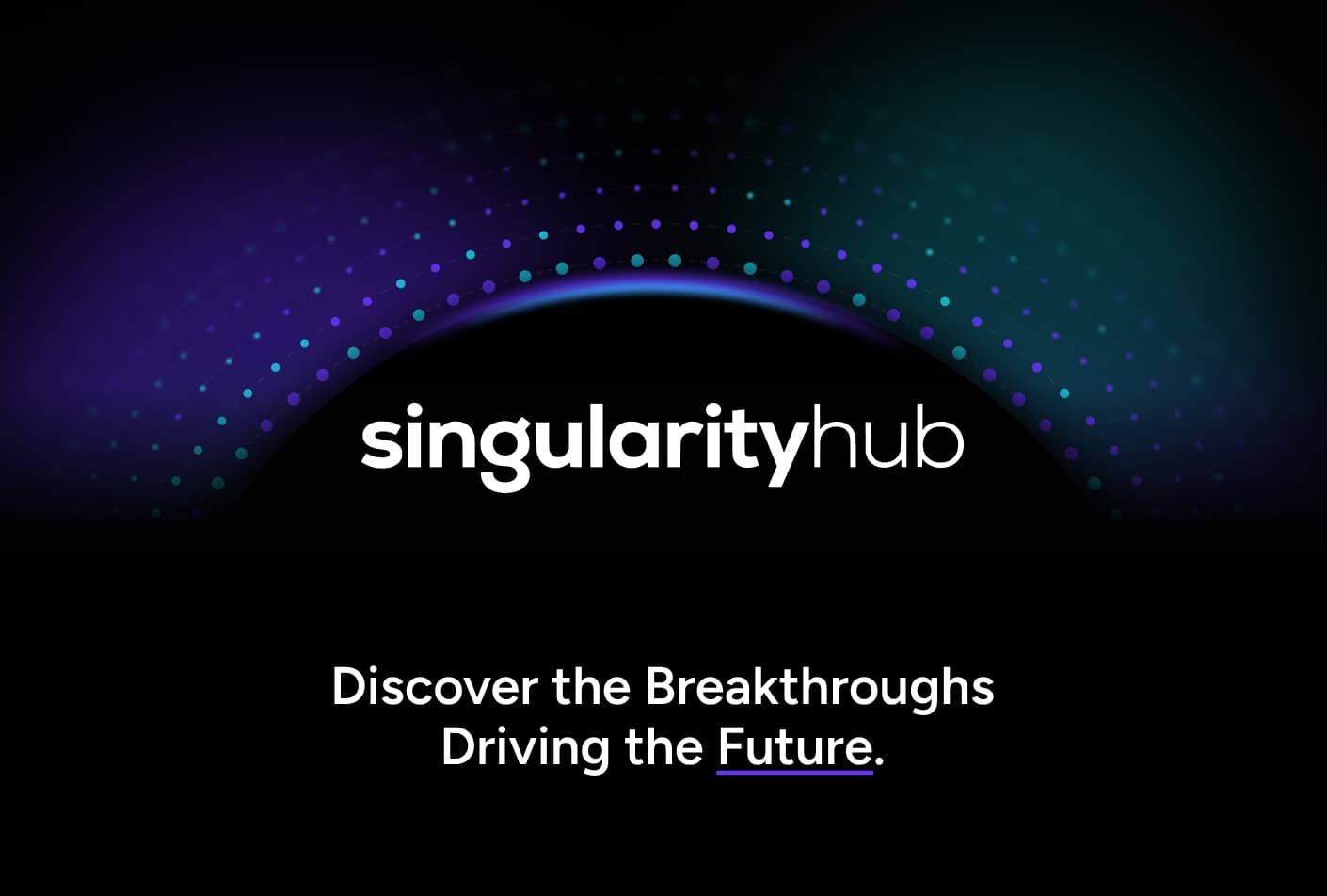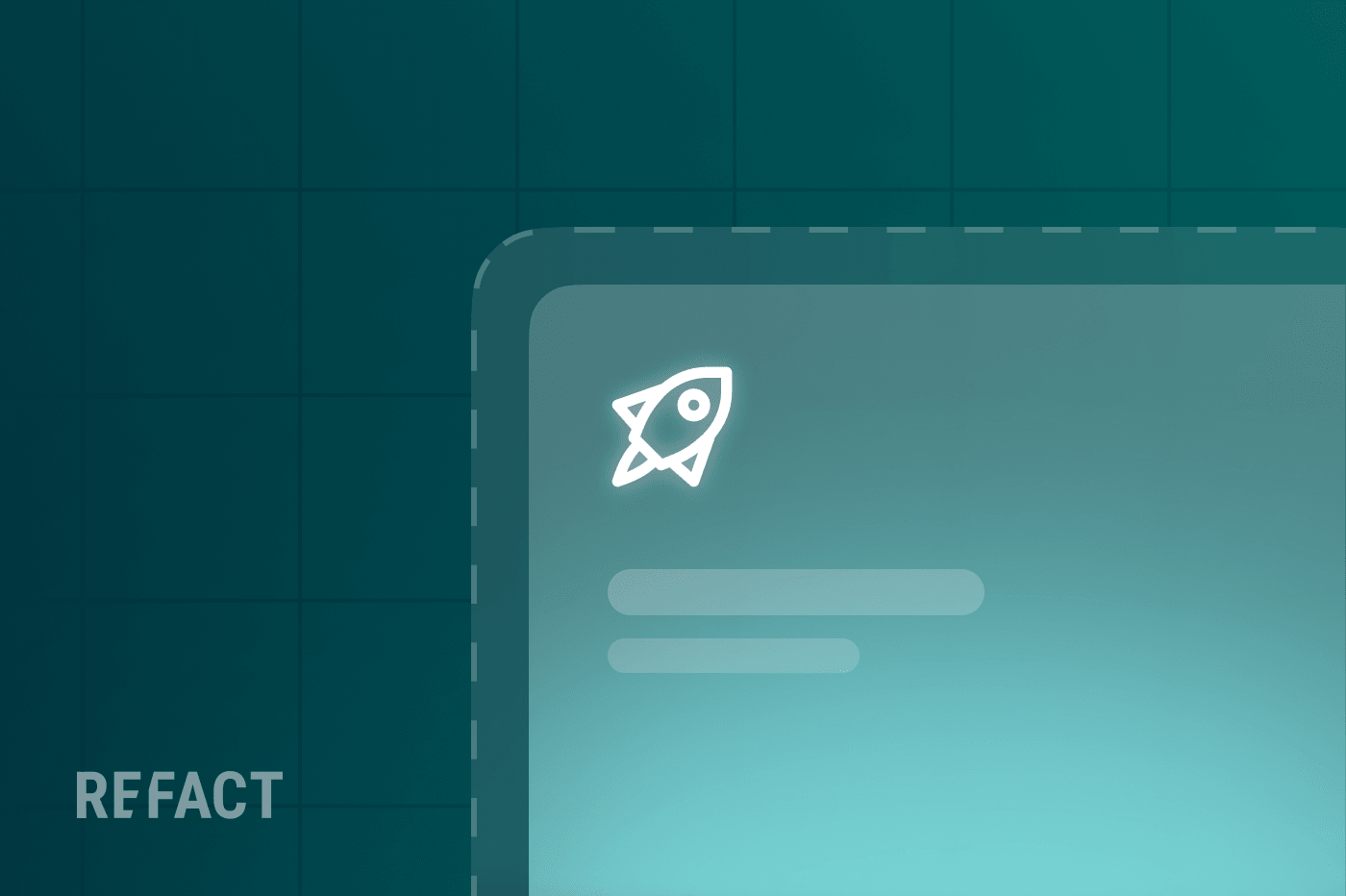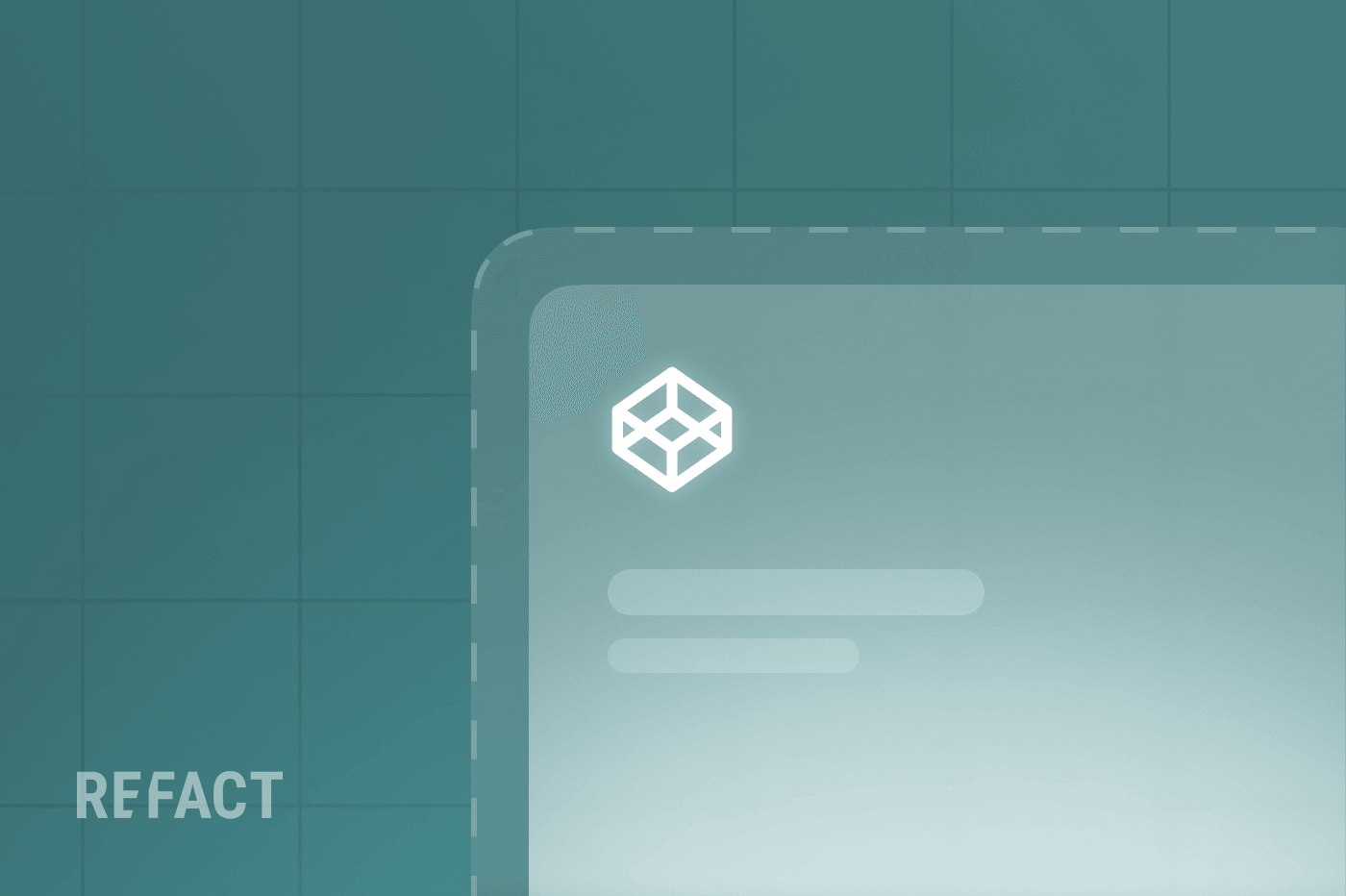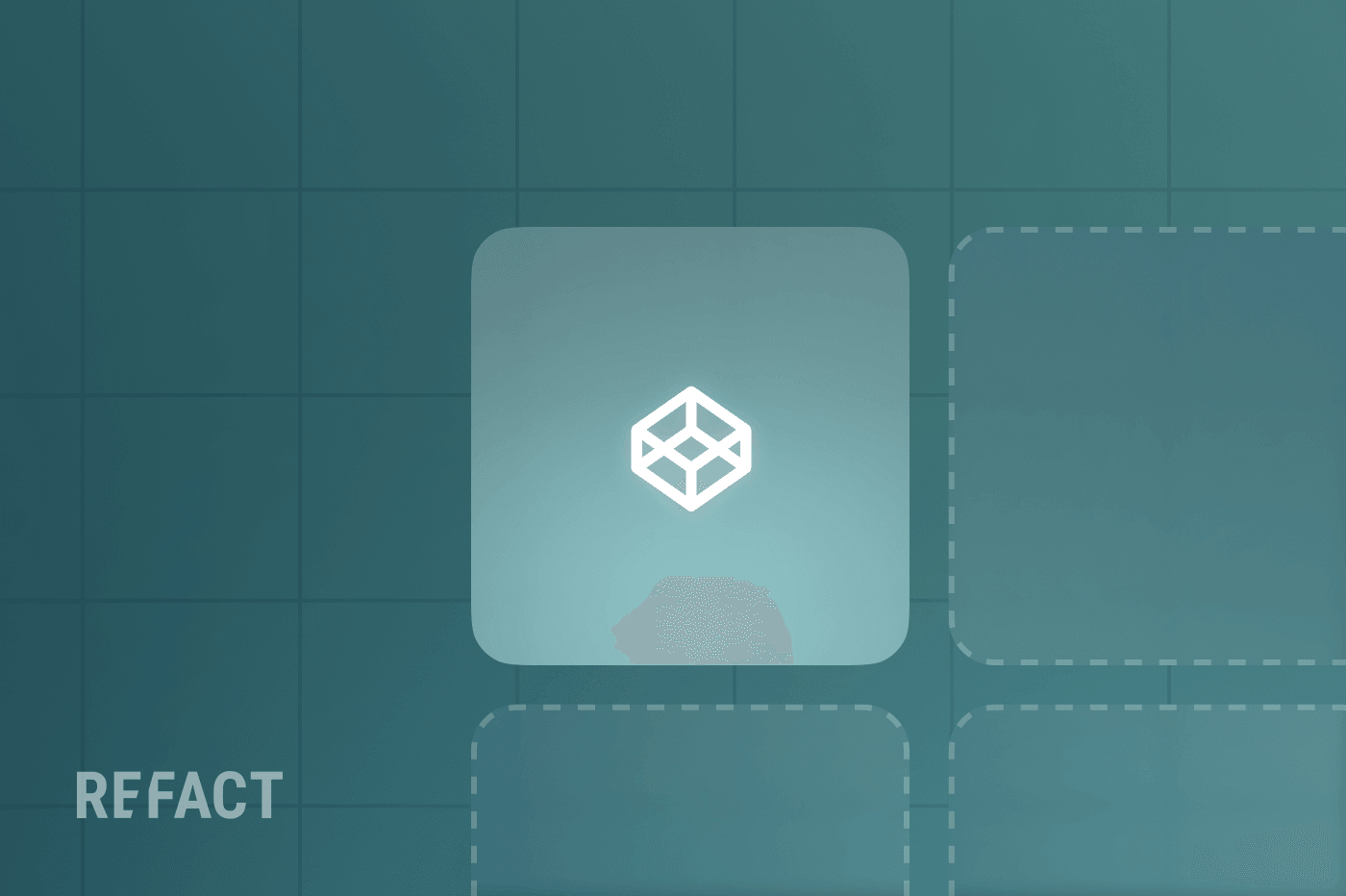Starting a project with a digital agency is a big step for any business. It’s essential to go into this partnership with a clear understanding of what to expect. This guide will help you get a sense of the main stages of the process and what you should expect from digital agencies. From the first meetings, where you share your vision, to the design and development phases and through to the final launch, knowing what each step involves will help you work more effectively with your agency. This knowledge not only smooths the journey but ensures you get the best results from your collaboration.
- Discovery – identifying requirements, technical specifications, feasibility
- Design – conceptualization, wireframing, UI/UX planning
- Development – agile or waterfall development
- Testing – QA, client, and user testing to ensure everything is functioning as expected
- Launch – going live
- Support, maintenance, and expansion – any products created during this process need maintenance, updates, and at times, expansions.
Discovery
The first step when you start working with a digital agency is the discovery phase. This is when the agency gets to learn about what you need. You’ll sit down with them—either in person or virtually—and go through what you’re hoping to achieve with your project. Expect lots of questions because the agency’s job at this stage is to gather as much information as possible.
During these discussions, the agency will ask about your business goals, the main features you want on your website or product, and any specific requirements you have in mind. This is also a good time for you to ask questions and get a clear sense of whether the agency understands your vision.
The outcome of this phase is a project plan that outlines the scope of work, timelines, and an estimate of costs. This plan isn’t set in stone; it’s a starting point that will evolve as the project moves forward. The more detailed and transparent these early conversations are, the smoother the rest of the project will go.
Design
After setting the groundwork during the discovery phase, things can move on to the design phase. This is where things start to take shape visually. The agency’s design team can begin by creating wireframes. These are simple layouts that show where elements like text and images will go on your web pages. It’s more about function than fashion at this stage, focusing on what goes where.
Once the wireframes are in place, the team moves on to developing design concepts. This is when they add colors, fonts, and other design elements that match your brand’s style. They’ll deliver high-fidelity designs, which are more polished versions of the wireframes.
Feedback from you is crucial during this phase. It’s a collaborative effort to make sure the designs look good, resonate with your brand, and meet your users’ needs. This back-and-forth will continue until you’re happy with the final designs. Only then will the project move ahead to the development phase. This iterative process ensures that the design aligns well with your expectations and the project’s goals.
Development
Once the design is set, the project moves into the development phase. Here’s where the approved designs are transformed into a functioning website or product. Most digital agencies use what’s called agile development—a method that breaks the work into smaller chunks, known as sprints.
In this phase, developers start building the core features of your project. They take the design and turn it into a working model, piece by piece. This approach allows for flexibility; as they build, you get to see progress in stages and provide feedback. This means if something isn’t quite right, or if your needs change, adjustments can be made without a complete overhaul.
During development, regular updates and check-ins will keep you involved. This not only helps catch any issues early but also ensures that the project stays aligned with your expectations. By the end of this phase, you should have a fully functional product ready for the next step: testing.
Testing
Testing is an essential step before your project goes live. It involves checking that everything works as expected and fixing any issues that come up. This phase ensures that your website or product is ready for real-world use.
The agency will start with its own internal testing. They look for bugs and make sure all the features work correctly across different devices and browsers. They check that the user journey—from opening your website to completing a task—is smooth and intuitive.
After the agency’s testing, it’s your turn. You’ll get to use the product in a test environment. This is your opportunity to explore everything and see how it functions from a user’s perspective. Your feedback is crucial here. If something doesn’t work the way you expected, or if you find it difficult to use, now is the time to speak up.
It’s common to find a few kinks that need ironing out, so don’t worry if everything isn’t perfect. This is a normal part of the process. The goal of this phase is to identify and fix any issues before the public sees your project. This collaborative effort helps polish the final product, ensuring that it meets both your standards and the needs of your users.
Launch
The launch phase is when your project finally goes public. It’s an exciting time, but there are still a few critical steps to ensure everything goes smoothly.
Digital agencies will handle all the technical details needed to move your website or product from a test environment to live servers. This includes transferring files, setting up databases, and configuring server settings. They’ll also handle final optimizations to ensure that everything loads quickly and runs smoothly.
Next, the actual launch. This is typically a well-coordinated effort between you and the agency to choose the right time and to make sure that support is on hand to handle any immediate issues. It’s a good idea to have team members from both sides available to monitor the launch process and to quickly handle any unexpected problems that might arise.
Once the project is live, it doesn’t mean the work is done. The launch is often followed by a period of active monitoring. The agency will keep an eye on how the site or product is performing and can make quick fixes for any issues that users can run into. This helps make the launch as smooth as possible and that your users have a good experience right from the start.
Post-Launch Support, Maintenance, and Beyond
After your project is live, the journey isn’t over. The post-launch phase is about supporting and enhancing your website or product based on real user feedback and performance data.
Initially, the digital agency will help you manage any immediate post-launch issues, such as bug fixes or user feedback that requires quick adjustments. This is a normal part of any project’s life cycle, as real-world usage can reveal new challenges that weren’t apparent during testing.
Moving forward, it’s important to think of your website or product as a living entity that needs ongoing attention to stay relevant and effective. You and your agency should discuss how you’ll handle updates and improvements. This might include regular check-ins to discuss new features, tweaks based on user feedback, or updates to keep up with technological advancements.
Regular maintenance is also key to keeping everything running smoothly. This can cover everything from security updates to minor bug fixes. Having a plan in place for these updates helps prevent larger issues down the line.
By continuing to work with your agency after the launch, you can ensure that your website or product not only maintains its momentum but also grows and improves over time. This ongoing relationship is crucial for adapting to changes in your business needs and the digital landscape.
Partner with Refact for Simple, Elegant, and Bespoke Solutions
Choosing the right agency is just as important as any single phase of the project. Look for a partner that communicates clearly, shares your vision, and demonstrates a commitment to your success. A good agency will not just deliver a product but will also guide you through the process and support your business growth over time.
Refact is a digital agency working together with media companies, newsrooms, content platforms, and publishers. We create unique, scalable solutions by starting from the ground up, listening at the Discovery stage, and keeping up transparent communication all the way through. We have created websites for industry leaders like International Intrigue and Stacked Marketer. We have also helped them improve their workflow with custom yet simple solutions. You can check out samples of our work or contact us to get things rolling.




